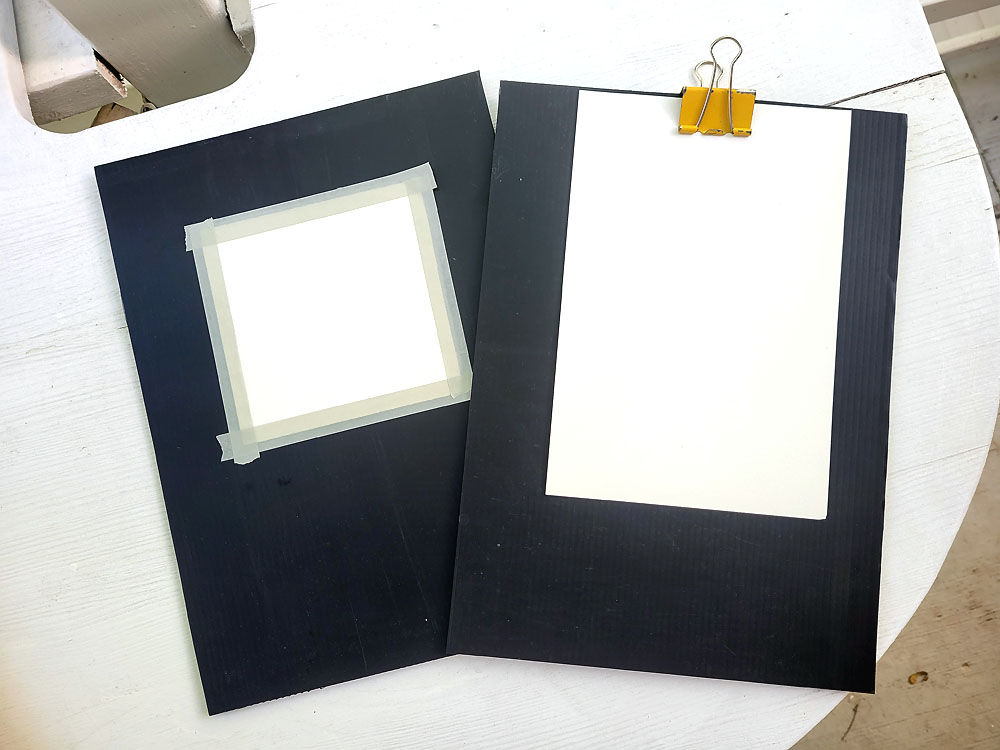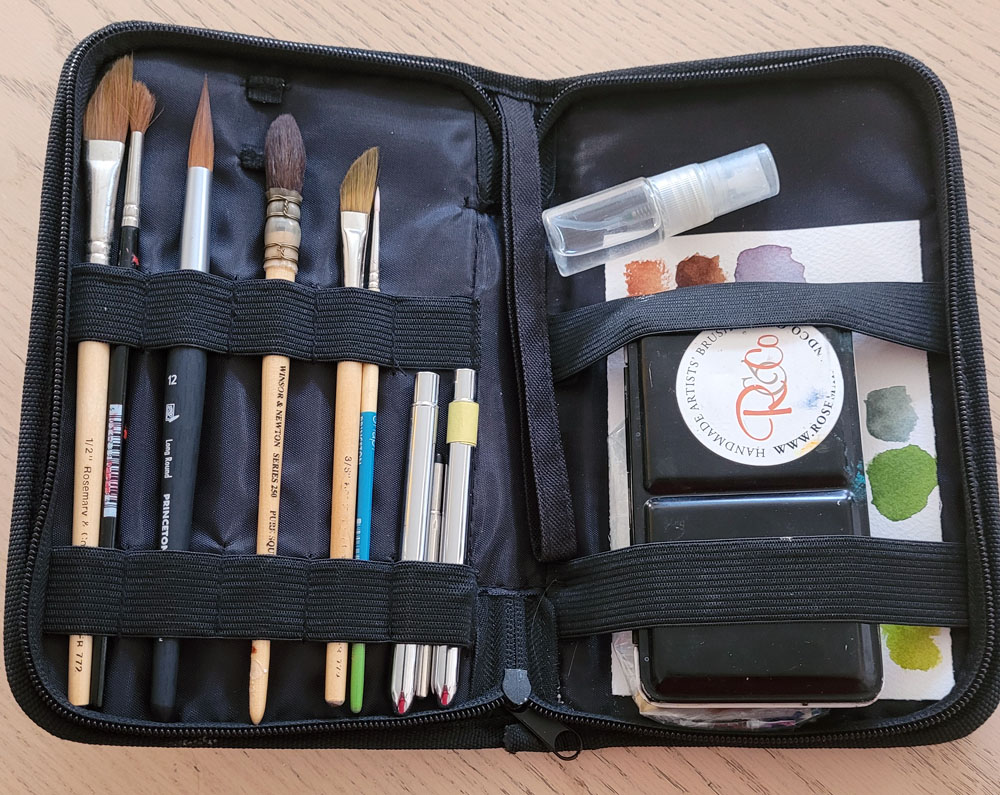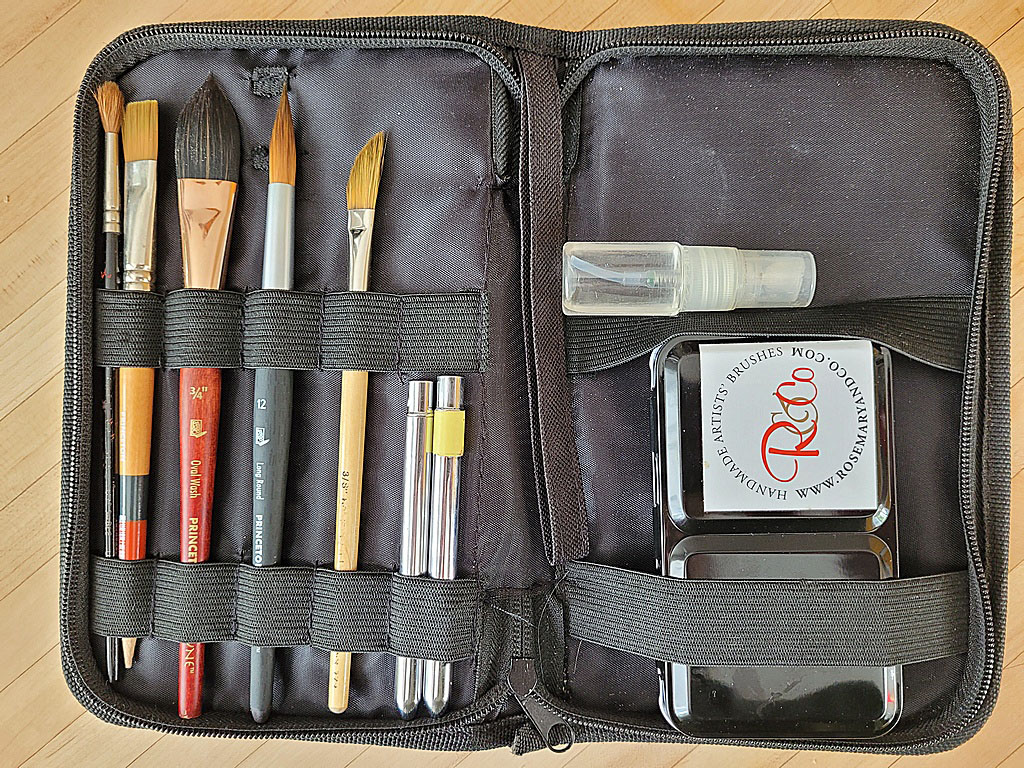My last post generated some really great feedback. Those comments covered many of the reasons to use a sketchbook and some of why some like single sheets. I started to respond to each of those comments but concluded that everything I would say should be in the post I promised to make and so consider this to include answers to those comments.
Just to be clear…again, I’m not advocating people to give up sketchbooks. I still use them. Here I’m simply presenting my own reasons for moving more and more to single sheet sketching and maybe, just maybe present that approach in a way that doesn’t cause a sketcher to lose the reasons they use sketchbooks. Heck, this IS the struggle, isn’t it? I’ve always used sketchbooks to keep my sketches chronologically organized. While I talk about throwing them on shelves and never look at them, sketchbooks are still neater than having a bunch of sheets in a pile. Ok…here we go.
I see three major advantages to using single sheets and the importance of each has a lot to do with how/why and with what you sketch. Therefore, I will expose my biases as I proceed.
Freedom of paper choice: I sketch with pencil (shaded drawings), pen only, pen and wash, and with paint (gouache, watercolor). Each of these is best done with a different type of paper. Doing a shaded pencil drawing requires very different paper from when I do a watercolor and so. It seems that with sketchbooks I’m always compromising in this regard. Second, I’m fickle when choosing a particular paper size and color. A landscape A5 just won’t do when I want to do a portrait. Sometimes I like tan paper, or gray paper. For each of these choices I need a different sketchbook. The result is that I always have several sketchbooks “in progress” and still I’m compromising what paper I use for a particular sketch.
Organization: Consider the above. I’ve got several sketchbooks, of different sizes and shapes on the go simultaneously. In that context, the notion that my sketchbooks are maintaining a chronology of events just falls apart. And, of course, there’s always the times when you work on a single sheet to do a special project. There’s no way to truly organize chronologically. Of course, if I could just choose a sketchbook/paper/approach, this would be easy and many do.
Presentation: Because I create sketches and not sketchbooks, I don’t worry about “working across the spread” or designing pages to include notes, quotes and other stuff. If I write notes they are just about the sketch and I put them on the back of each sketch (would make a mess for those creating sketchbooks. But presentation IS important. To me, the most value I get from my sketchbooks is when I’m carrying them and someone asks about my art and I can hand them a sketchbook to look through. This is a problem to solve for a single-sheet sketcher, but it can work with a bit of thought.
Ease of use: I’ve added this fourth advantage cuz I find it true. Some sketchbooks are simply hard to hold and draw while standing. A portrait A5 isn’t so bad but an A5 landscape, particularly if you’re at the beginning or end of it, presents a struggle. Some people never stand while they sketch. I do. People who do carry a support for their sketchbook and this works dandy, but sketchbooks clipped to a board are always less user friendly than are single sheets clipped to that same support.
Methods to solve some of these problems are many and varied. Here are mine.
Paper flexibility and Ease of Use: When using single sheets you have complete flexibility with respect to paper. I carry several sizes, colors and types of paper when I go out on a sketching section. The only limit is that the paper has to fit within the boundaries of my support. The weight of the support is far less than any sketchbook. I first saw the use of Coroplast as a support when sketching with Marc Taro Holmes (I admit that I don’t get out much). He’ll tape sheets of watercolor paper to 4-5 pieces of Coroplast and this means there’s no set up on site, a convenient way to carry his sketches, and he can even work on multiple paintings at once as he can lean one painting against a tree while working on another one. This also makes it very easy for him to display multiple results during the USK throw-downs that occur at the end of events.

This shows a couple methods for attaching paper. Mostly I use clips but it’s sometimes nice to have the border frame resulting from taping off the paper. For me, the size of the Coroplast is important. The width is the widest thing I can put in my bag and the length needs to be long enough that I can push the bottom of it into my belly while holding it from the top with one hand.

This is the board I use most often. It’s a very thin piece (1/8″) of plywood with a sheet of very thin metal glued to it. I use spray contact cement for this and the metal came from a small magnet board I bought from the dollar store. They come with a plastic frame that’s easy to remove. I like this because, by gluing tiny magnets to my paint palette, I can magically fix it to the board.
Carrying paper only requires a couple sheets of cardboard or Coroplast with a rubber band to sandwich your paper selection between them. I use a fabric tape hinge to create a “book” that holds my paper.

Organization and Presentation: Again, there are many solutions but I really love using 9×12 portfolios you can find at any art store. And the best part is that this is far superior to sketchbook organization for the simple reason that you can stick sketches in these in chronological order regardless of what paper they were done on. Thus, all the sketches I’ve done while having several sketchbooks on the go suddenly appear in complete chronological order in a portfolio. And the ability to display sketches is, in my opinion, far superior. I’ve taken these portfolios to show-n-tell events and people loved looking at them because it was so easy to turn the pages. I love the fact that each sketch is covered in plastic so all those pesky hands aren’t touching them.
For me, carrying around an entire portfolio so I can show them to someone on the street sort of defeats the idea of keeping things light. So, what I do is simply place recently done sketches in my paper pouch. Then, when someone is curious, I pull it out just as I would a sketchbook. This works well and eventually sketches get moved to a portfolio.
Oh…one last thing. Kate B. talked about leaving sketches/sketchbooks for people to find. A great idea in my opinion. Recently, somewhere, I left a couple sketchbooks for someone to find and an entire sketch kit in case they became inspired (grin).







